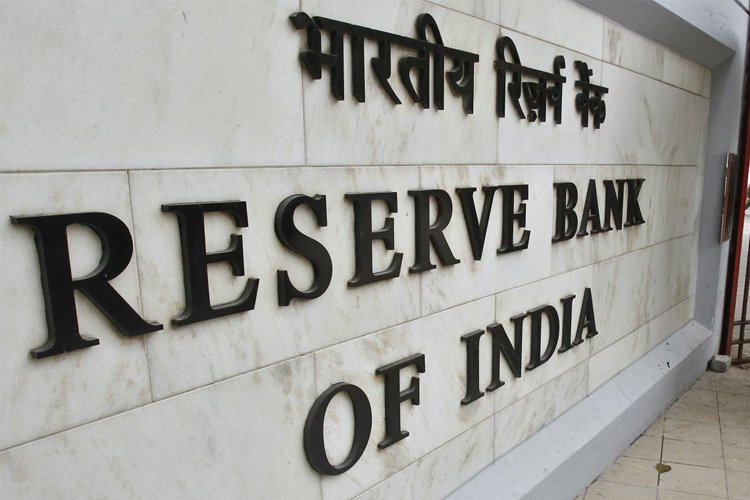
All You Need To Know About Reserve Bank Of India; Its Origin, Power & Functions
21 Jun 2016 10:04 AM GMT
RBI – Its origin
The Reserve Bank of India (RBI) was established in the year 1935 in accordance with the Reserve Bank of India Act, 1934. The RBI is the central bank of India entrusted with a variety of roles, including overseeing of monetary policy, issuing currency, managing foreign exchange, working as a bank of government and as the banker of scheduled commercial banks. Initially, RBI was a shareholder’s company, which became nationalised in 1949 and is now fully owned by the Government of India.
The decision makers of RBI
Its affairs are governed by the Central Board of Directors appointed by the Government of India. The Central Board consists of Governor, deputy Governor, Ten Director’s nominated by the Central Government and two Government official nominated by the Central Government.
The Functions of RBI
Monetary and Credit Policy: One of the major functions of RBI is formulation and execution of monetary policy. Monetary policy refers to a set of operations used for the control of money supply in the economy to primarily maintain economic and financial stability. It has to ensure adequate financial resources for the purpose of development. There are many tools by which RBI regulates the desired kind of credit and monetary policy- CRR, SLR, Bank Rate, Repo Rate, Reverse Repo Rate.
Balancing act of the RBI governor
The RBI governor with a three-year tenure is a highly demanding job as he/she is entailed with the responsibility of aiding growth and controlling inflation. It is a tough balancing act that RBI has to master for the benefit of the country. The RBI primarily uses the below-mentioned tools among others to attain this balance of growth and inflation control.
Repo Rate: Repo rate is the rate at which the RBI lends money to commercial banks in the event of any shortfall of funds. Repo rate is used by monetary authorities to control inflation.
Reverse Repo Rate: Reverse Repo rate is the short-term borrowing rate at which RBI borrows money from banks. RBI uses this tool when it feels there is too much money floating in the banking system. An increase in the reverse repo rate means that the banks will get a higher rate of interest from RBI.
Cash Reserve Ratio (CRR): Cash Reserve Ratio is a specified minimum fraction of the total deposits of customers, which commercial banks have to hold as reserves either in cash or as deposits with the central bank. CRR is set according to the guidelines of the central bank of a country.
Other functions and responsibilities of the RBI:
- The issuer of Currency: The Reserve Bank of India has the sole right to issue banknotes in India. The Central Government on the recommendation of Central Board specifies denomination of bank notes including discontinuance of bank notes.
- Banker to Banks & Lender of the last resort: The banks listed in the second schedule and non-schedule banks shall maintain a cash reserve ratio with the Reserve bank of India with a view to securing the monetary stability in the country. It provides loans and advances in foreign currency to scheduled Banks and to other financial institution. It purchases, sells or discount any bill of exchange or a promissory note or makes a loan or advances to schedule bank.
- Banker and Debt Manager to the Government: Central Government entrusts the Reserve Bank with all its money, remittance, exchange and banking transactions in India and the management of its public debt. RBI helps both central and state governments to manage their public debt, float new loans, issue, and retirement of rupee loans, interest payment on the loan and operational matters about debt certificates and their registration.
- Regulator and supervisor of the financial system: RBI not only regulates Indian Banks but also Foreign Banks, Regional Rural Banks, Local Area Banks, Cooperative Banks, Financial Institutions, including Developmental Financial Institutions (DFIs) and Non-Banking Financial Companies.
- Developmental Roles: RBI developmental role includes ensuring credit to productive sectors of the economy and expanding access to affordable financial services. It encourages efficient customer service in the banking industry, as well as an extension of banking service to all, through the thrust on financial inclusion.
 All section
All section













